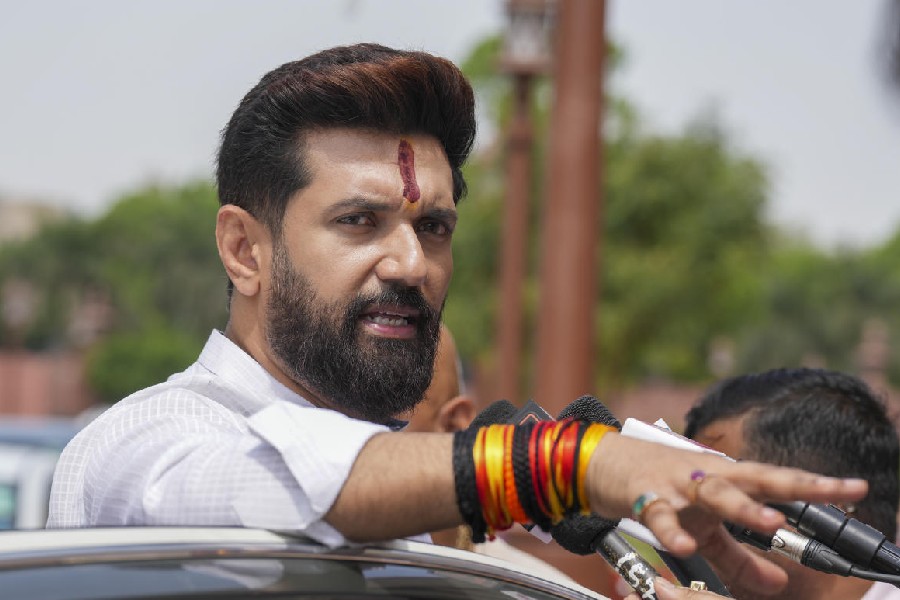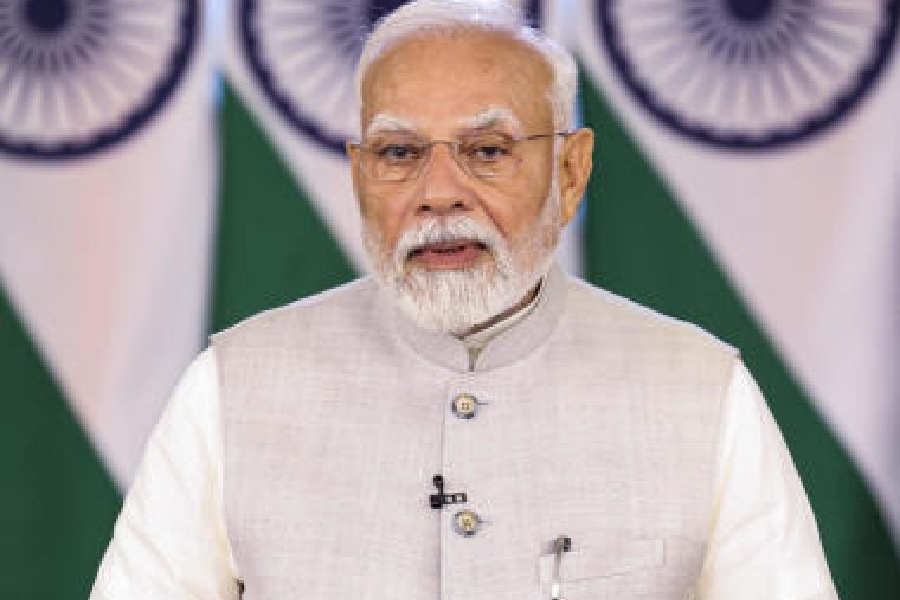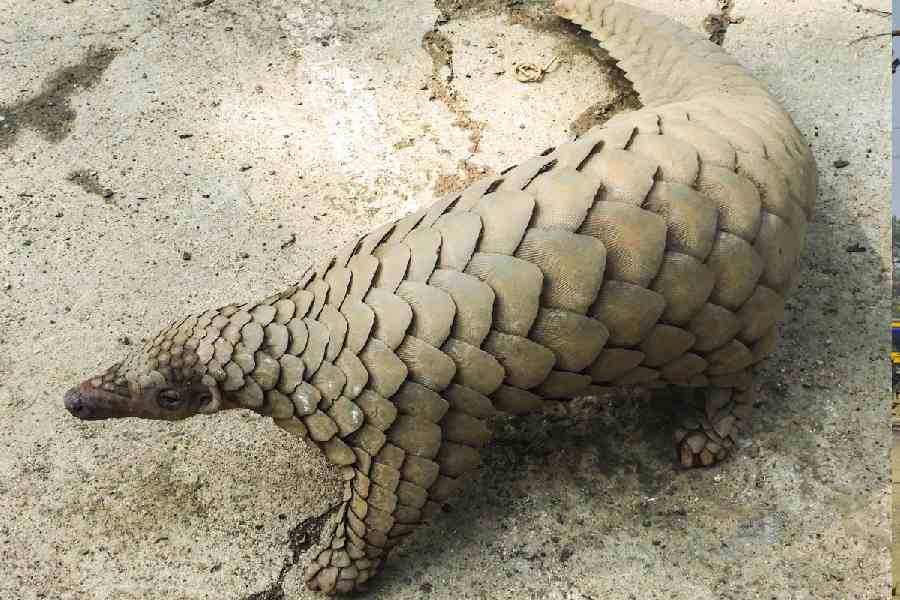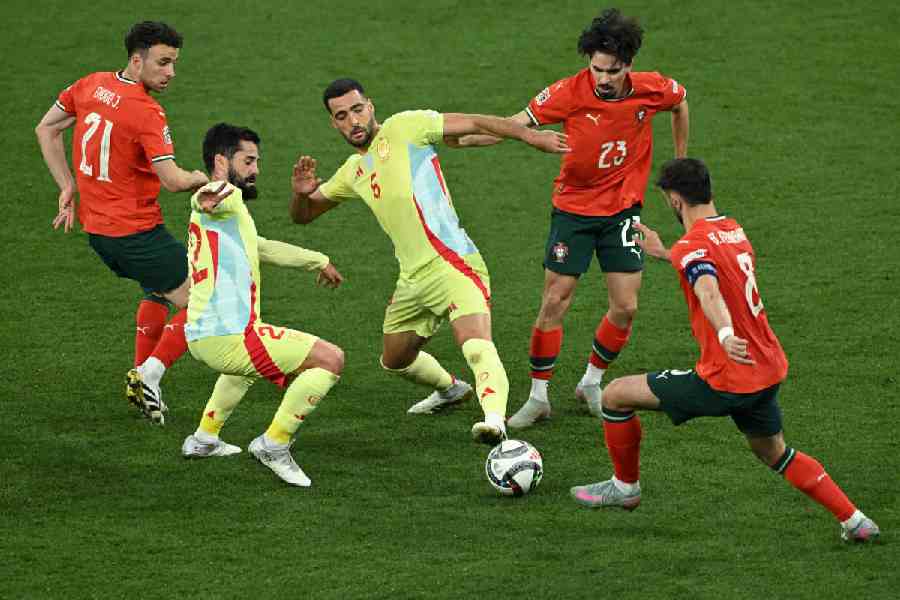Other strengths
Sir — Contradictions form a part of our lives everyday. This holds true even for the world of sports. Thus while a nation of more than a billion people goes crazy over a star cricketer’s last Test match at the Wankhede stadium in Mumbai, only a meagre fraction of the same media attention goes towards the accomplishments of another sporting legend (“A last hurrah?”, Nov 15). The five-time world champion in chess, Viswanathan Anand, has been playing very well against the younger chess prodigy, Magnus Carlsen, in the World Chess Championship. Carlsen may have age on his side, and even the great Garry Kasparov thinks that “a new generation deserves a new champion” — but even then it is possible that Anand will emerge victorious once again. He is undoubtedly the greatest Indian sportsperson alive, in spite of the feats of Sachin Tendulkar, Abhinav Bindra, Leander Paes, Mahesh Bhupathi and others. Few Indians are aware that the World Chess Federation (FIDE) has the maximum numbers of member nations after the Fédération Internationale de Football Association, better known as Fifa. Although chess as a sport is not included in the Olympics, many are of the opinion that it should.
The now-retired Sachin Tendulkar is often referred to as the ‘god of cricket’. Although his performances in the greater part of his career have been world-class, he has not been as consistent against a variety of competitors as Anand has. Carlsen, Anand’s challenger this year, had not even been born when Anand became the junior world chess champion and a grandmaster in 1987. One may argue that many of Tendulkar’s former team-mates were also either toddlers or not even born when he made his international debut in 1989. Many believe that he is the greatest Indian sportsperson. His greatness is undisputed, and it is perhaps unfair to compare greats from different sports. But if a comparison must be made, then it is true that Anand, and not Tendulkar, who qualifies as India’s greatest living sportsperson. Sometimes, records and logic are more telling than emotions.
Yours faithfully,
Amlandeep Bhattacharya, Calcutta
Sir — Mukul Kesavan’s article, “A last hurrah?”, made for an interesting read. Chess, as a sport, is hardly followed in India. How many Indians have even heard of Viswanathan Anand, let alone of his stellar achievements? Sachin Tendulkar’s name, however, has been on the lips of millions of Indians. Mothers teach their children about him, and his name is instantly recognized in all corners of the nation. But while Tendulkar started showing signs of his age in the last years of his career, Anand still seems to be going strong.
Yours faithfully,
Alok Ganguly, Calcutta
Deep faith
Sir — In India, there is a story behind every election. Behind the huge voter turnout in the first phase of the assembly elections in Chhattisgarh is a heartening story of the common people’s faith in democracy (“Villagers help nip poll violence in Bastar”, Nov 12). The people in the regions of Bastar and Rajnandgaon trooped in large numbers to vote — this took the voting percentage to around 67 per cent, the heaviest turnout in a decade. Some tribal constituencies witnessed up to a 75 per cent voter turnout. A total of 143 candidates from 12 constituencies were in the fray in the first of the two-phase elections to the 90-member assembly. The polls took place in spite of Maoist intimidation and threats. There were extraordinary security measures in place. There were close to 85,000 security men in the area. In 2008, Maoists had looted 23 electronic voting machines, killed nine policemen and a civilian and set off explosions at 16 places. This time, the violence was considerably less, although a CRPF jawan was killed and another injured in sporadic firing in rural Dantewada.
In spite of all the odds, the volume of voters has risen by 11 per cent in the area. But the traditional strongholds of the Maoists seem to be intact. For example, in Bijapur, Konta and Attagarh the voter turnout was 24, 40 and 58 per cent respectively. Many booths in Konta, Bijapur and Dantewada — which fall under the zones reportedly controlled by the erstwhile Salwa Judum — recorded zero votes. However, the courage of the people is a major triumph in the history of Indian democracy. This development should prompt the urban middle class and the elite to reconsider their growing cynicism about politics. It is true that even as rural India, as well as urban citizens who are placed low on the socio-economic ladder, participate enthusiastically in the democratic process, the more privileged classes are increasingly distancing themselves from it. There is a stark contrast in the voting percentages recorded in urban and rural areas. Clearly, the apathy runs deep. It is time for middle class Indians to invest a little more in the political process instead of only vouching for the strengths of being apolitical.
Yours faithfully,
Sourav Roy Barman, Dhenkanal, Odisha











